Estimated reading time: 7 minutes
Are you a pet lover who’s curious about when your cockatiel will stop growing? Well, usually these charming parrots reach full size around six months of age. This article offers an in-depth guide on understanding the growth and maturity patterns of your feathered friend, providing essential information on factors affecting its growth, developmental milestones, and how to maintain a healthy weight.
Dive in to ensure your beloved bird grows up healthy and strong!
Key Takeaways
- Cockatiels typically reach their full size and weight around 6 months of age. This is not the same as full maturity.
- Female cockatiels usually reach full maturity at around 18 months old, while male cockatiels may take anywhere from 12 to 24 months to fully mature.
- Monitoring a cockatiel’s growth is important for its overall health and well – being. Regularly measuring its weight and tracking its growth using a growth chart can help identify any issues or abnormalities.
- It is recommended to wait until your cockatiel is fully grown before considering breeding or nesting activities. Give them time to grow and develop before allowing them to start a family.
Cockatiel Healthy Weight Table and Growth Chart
Cockatiels come in various sizes and weights, with the average adult cockatiel weighing around 3.5 ounces (100 grams) and measuring about 12 to 14 inches (30 to 36 centimeters) from head to tail.
To understand their growth pattern, it’s helpful to refer to a cockatiel growth chart that tracks their development milestones.
Average sizes and weight
Cockatiels are small-sized birds with a size range of 12 to 13 inches in length when they are fully grown. Their weight may fluctuate, but it typically falls between 2.6 to 5.3 ounces. As they grow, their weight increases progressively. Here is a brief overview of their average sizes and weights at different stages of growth:
| Age of Cockatiel | Average Weight |
|---|---|
| 2-3 weeks old | 45-72 grams |
| 4-5 weeks old | 75-80 grams |
| 5-6 weeks old | 80-90 grams |
| 6-7 weeks old | 85-100 grams |
| Adult | 2.6 to 5.3 ounces (74-150 grams) |
Understanding these average sizes and weights is important as it can help you monitor your cockatiel’s growth progression and overall health.
Growth chart
A growth chart for cockatiels can give pet lovers a clear picture of the expected growth rate. The chart helps to track the bird’s growth and development, which is crucial for its overall health. Here is a sample chart:
| Weeks Old | Expected Size (inches) | Expected Weight (grams) |
|---|---|---|
| 1 | 1 | 10 |
| 2 | 2 | 20 |
| 3 | 3.5 | 45 |
| 4 | 6 | 80 |
| 5 | 9 | 120 |
| 6 | 12 | 150 |
The chart above is a general guideline. The exact size and weight can vary depending on factors like diet, environment, and genetics. It’s fascinating to see how baby cockatiels grow from an inch-long hatchling to adult size in just six weeks. By six months of age, their bodies are almost fully grown in size. Male cockatiels reach full growth or sexual maturity at 12 months of age, while female cockatiels are fully grown by 18 months.
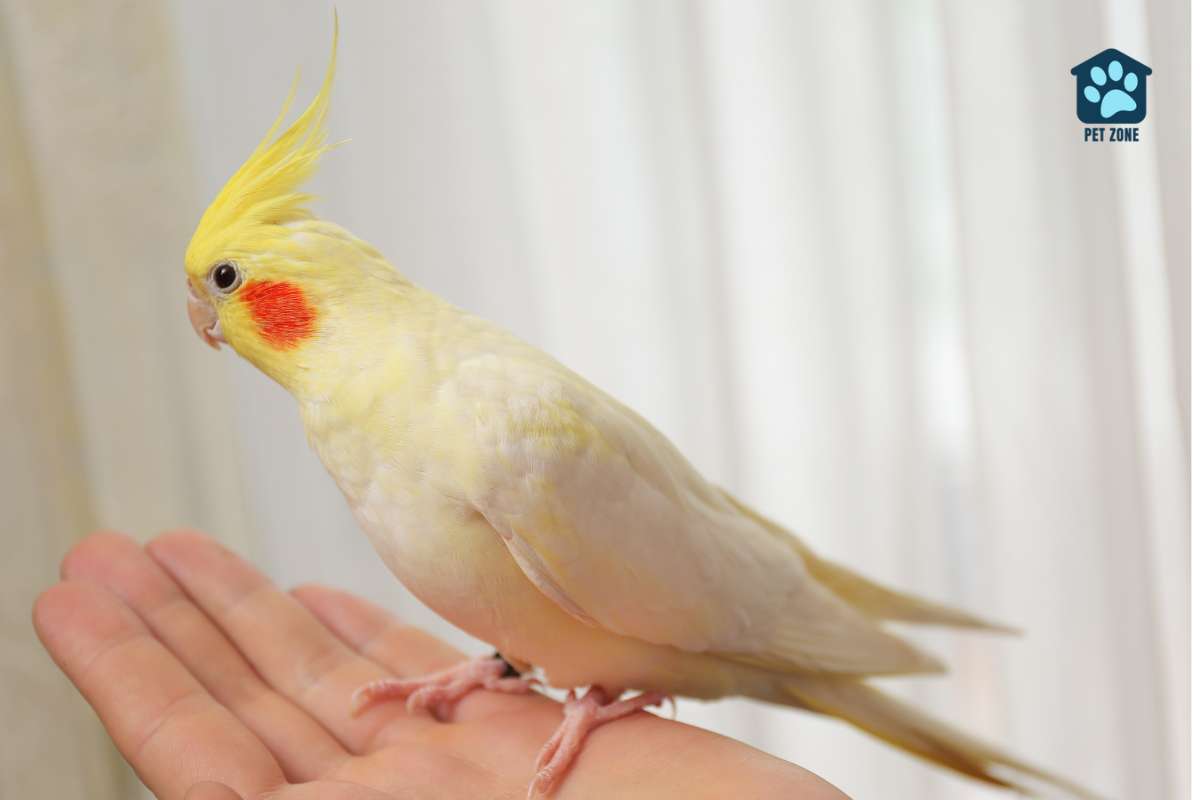
Factors That Affect a Cockatiel’s Growth
Diet and nutrition
A mix of foods works best for cockatiels’ health. Foods should have vitamins, minerals, and amino acids but less fat. Cockatiels need more carbs than protein in their meals. Some birds even get sick without enough vitamin A or calcium in their diet.
Environment
The environment plays a crucial role in the growth and development of a cockatiel. A stress-free environment is important for their overall well-being. Providing a comfortable and enriched space with appropriate perches, toys, and substrates can have positive effects on their behavior and mental stimulation.
It is also essential to maintain proper temperature, humidity levels, and good ventilation to ensure optimal health. Cockatiels thrive in an environment that offers them opportunities for exercise, social interaction, and mental engagement.
When Do Cockatiels Stop Growing?
Cockatiels typically reach their full size around six months of age, but this doesn’t mean they are fully grown in terms of maturity and development. They continue to grow internally and develop unique feather patterns, longer tail feathers, and crests beyond this age.
Age range for full maturity
Cockatiels reach full maturity at different ages depending on their gender. Female cockatiels typically reach full maturity at around 18 months old, while male cockatiels may take anywhere from 12 to 24 months to fully mature.
By the time a cockatiel reaches sexual maturity, it will have already reached its full size and weight. Some cockatiels may reach their full adult size by 6 months, while others may take longer to fully mature.
Development milestones
Cockatiels go through several development milestones as they grow. Here are some important milestones to keep in mind:
- Hatchling stage: Baby cockatiels hatch from their eggs and are completely dependent on their parents for food and care.
- Feathers start to appear: After about two weeks, the baby cockatiels start growing feathers.
- Eyes open: Around 8-10 days after hatching, their eyes open, allowing them to see their surroundings.
- Fledgling stage: At around four to six weeks old, the young cockatiels leave the nest and begin exploring their environment while still relying on their parents for food.
- Weaning process: As they approach six to eight weeks old, they start transitioning from being fed by their parents to eating solid foods on their own.
- Sexual maturity: By the age of 120 days or six months, young cockatiels start the transition into sexual maturity and breeding readiness.
Importance of monitoring growth for health and well-being
It’s important to remember that while a cockatiel may look fully grown as early as six months of age, they are still developing internally and maturing behaviorally until they reach about 12 to 18 months of age.
Monitoring the growth of your cockatiel is crucial for its health and well-being. By keeping an eye on your bird’s weight, you can ensure that it maintains a healthy weight throughout its life.
Regularly measuring your cockatiel’s weight using a scale can help identify any fluctuations or sudden changes that may indicate underlying health issues. Additionally, tracking the growth of your cockatiel using a growth chart allows you to monitor its progress and ensure it is reaching the appropriate milestones for its age.
Regular veterinary check-ups are also essential for monitoring overall health and catching any potential problems early on. Remember, maintaining a healthy weight and monitoring growth are key factors in keeping your cockatiel happy and healthy!
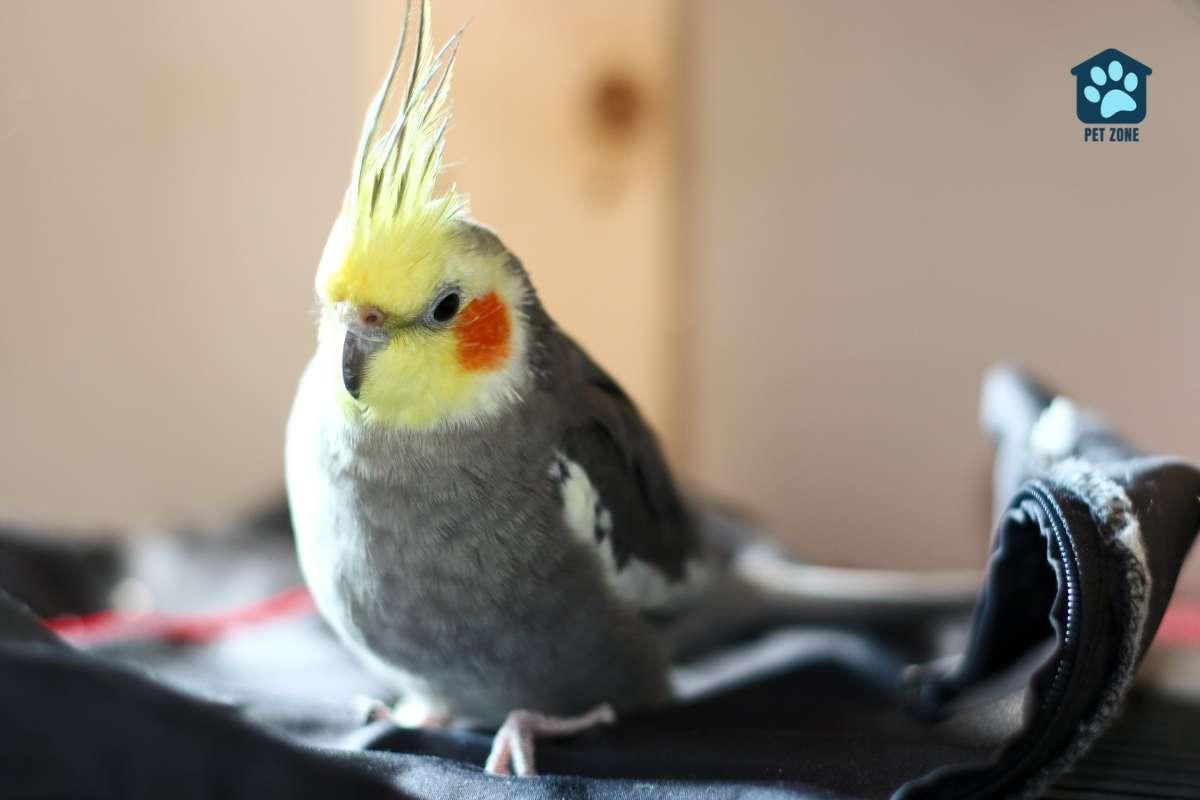
Conclusion
Cockatiels are fully grown around 6 months of age, reaching a length of 12-14 inches. It takes about a year for them to reach full maturity. Female cockatiels typically mature at around 18 months, and only fully grown cockatiels should be allowed to mate and nest.
Mature cockatiels may show interest in starting a family. So, if you have a young cockatiel, give them time to grow and develop before considering breeding or nesting activities.
Frequently Asked Questions
A cockatiel bird usually stops growing when it reaches six months of age.
Yes, measuring the bird’s weight and size can help estimate the growth of a cockatiel and tell if it’s fully grown or not.
Pet cockatiels can live up to 15 to 20 years in healthy conditions.
Factors like diet, genes, and care play an important role in how big a full-grown cockatiel will reach in terms of size.
Young cockatiels are extremely curious and their features continue changing until they reach breeding age which tells that they’ve become adults.
Ensure proper eating habits for gaining weight by feeding with what a growing baby cockatiel needs; always keep an eye on its health too.
As an Amazon Associate I earn from qualifying purchases.
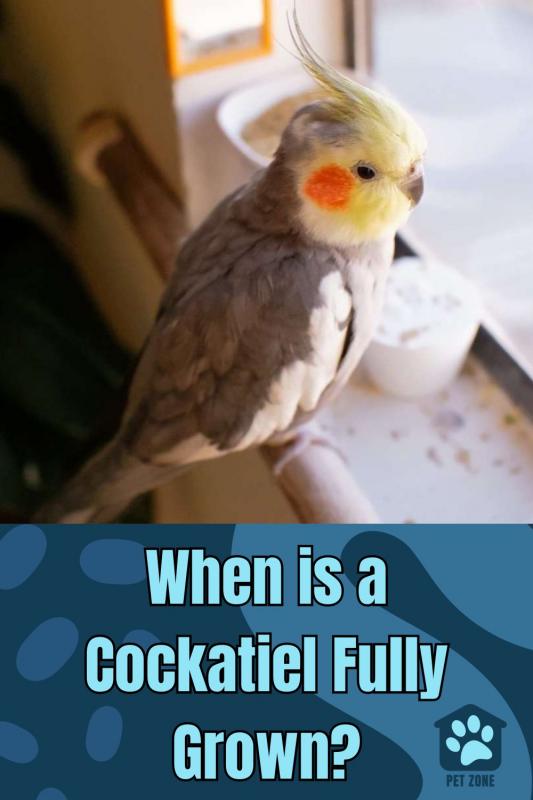


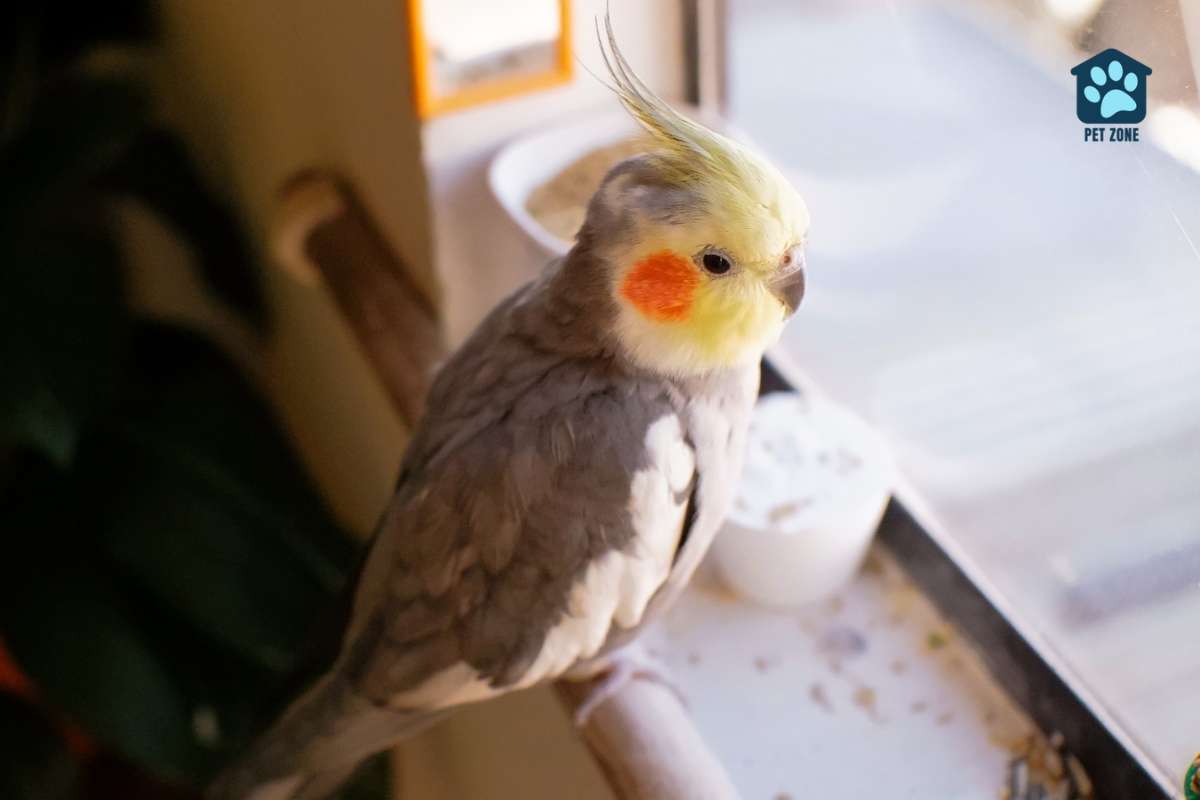
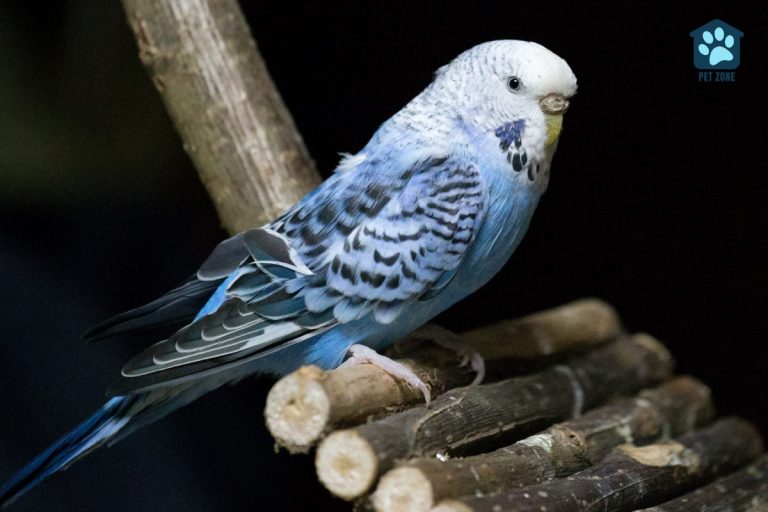
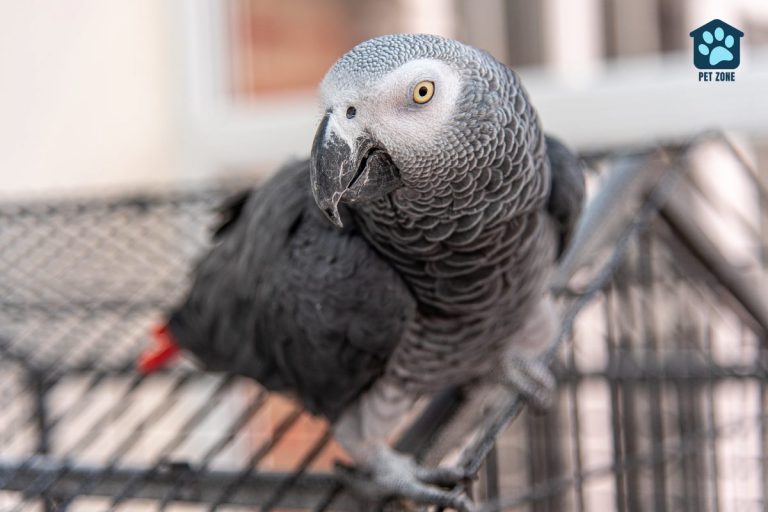
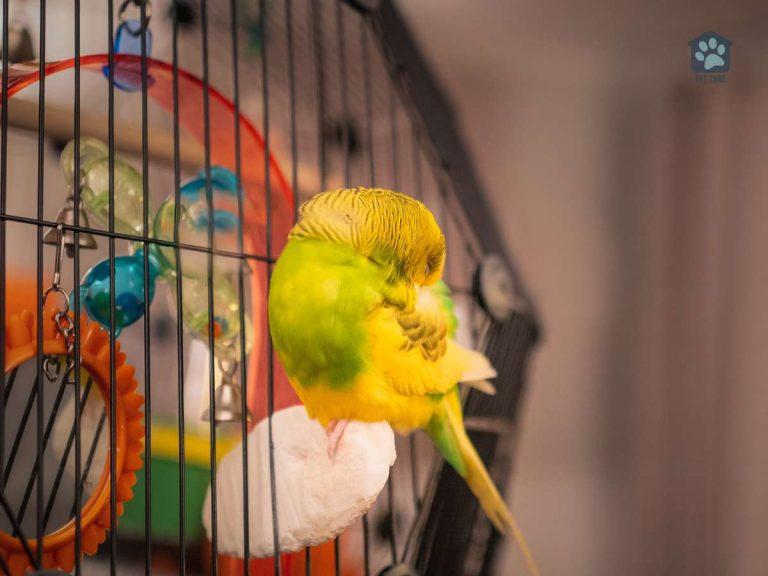
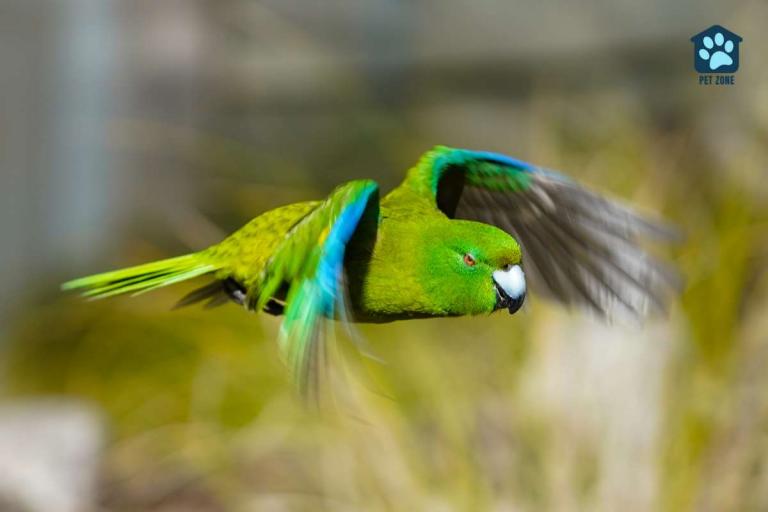
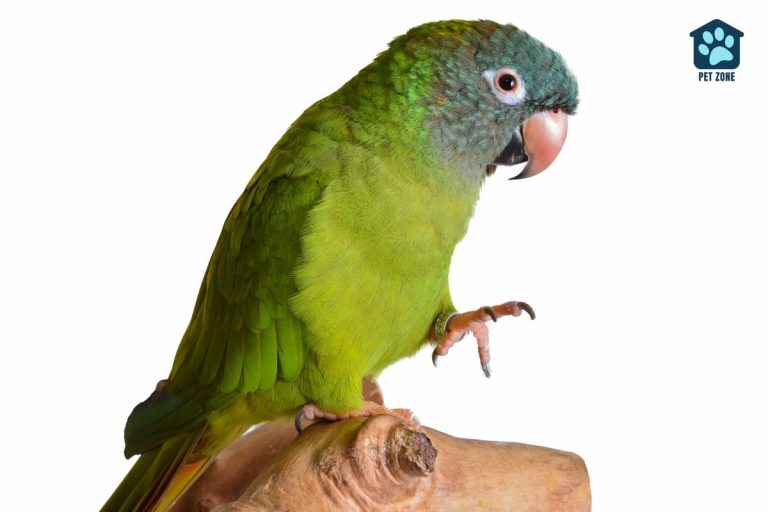
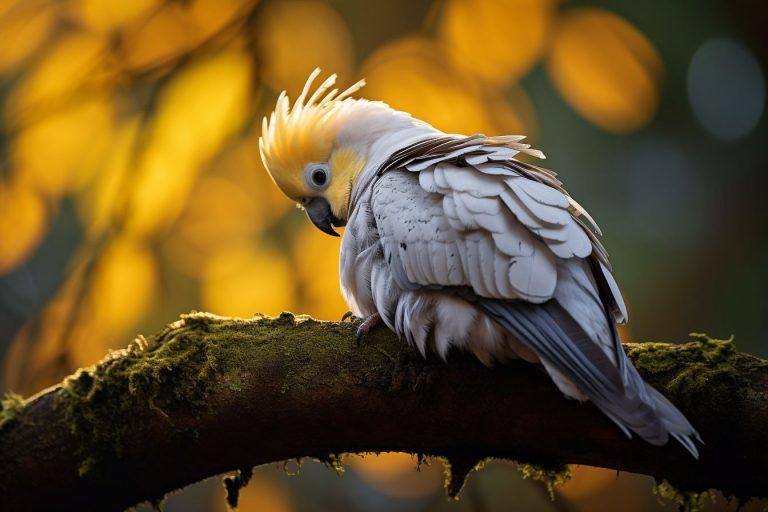
I’d love to maintain one or 2 Cockatiels in my house. Learned many things about them in this post. Thanks for this quality resource.